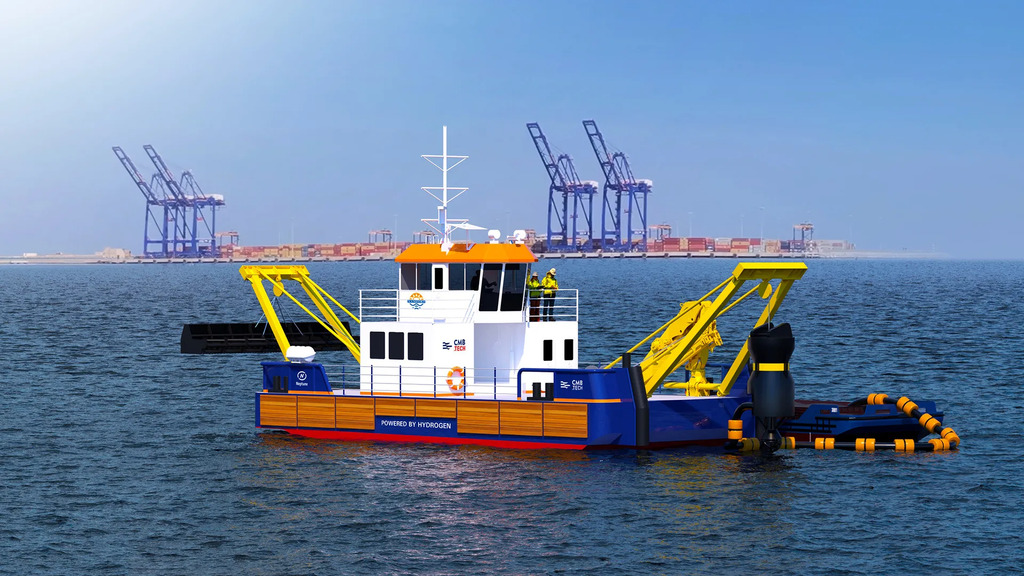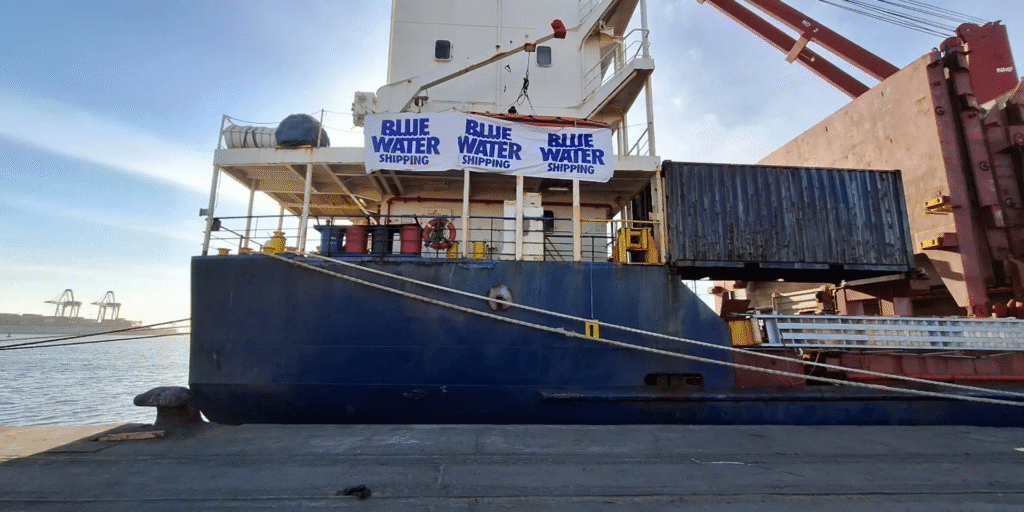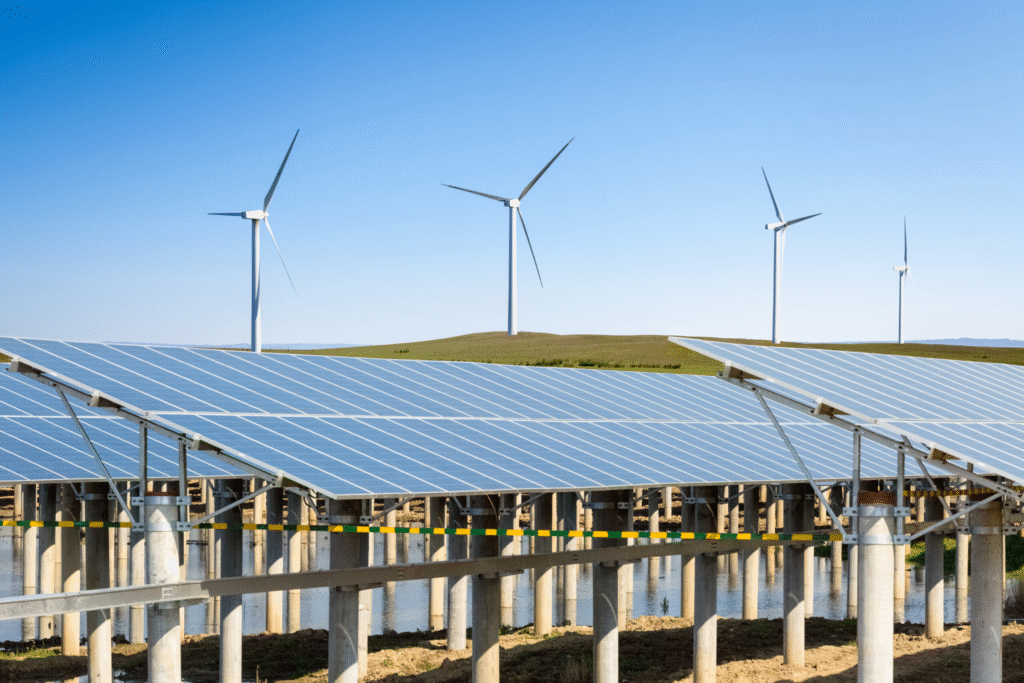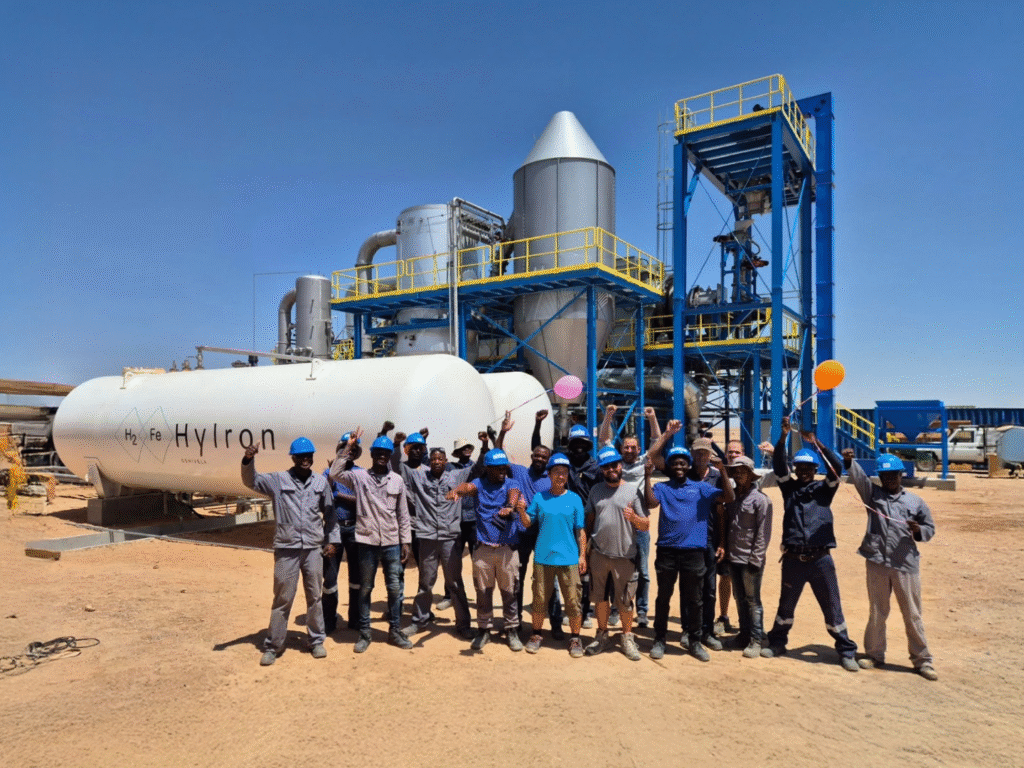At a Glance
- Namibia is a global center for ammonia and green hydrogen fuels.
- The partnerships between Cleanergy and CMB Tech show that there is a lot of interest around the world.
- Namibia has a cost advantage because it has a lot of solar, wind, and ocean.
Namibia is getting ready to become a world leader in the green shipping economy as the demand for clean maritime fuels grows.
The country’s unique geography and large renewable resources, especially solar and wind, give it an edge in making green hydrogen and green ammonia.
These are two fuels that are thought to be very important for making the shipping industry less carbon-intensive.
Ian Dupont, deputy head of mission for the European Union delegation, says Namibia’s ambitions extend beyond exports.
“Green ammonia, produced from hydrogen, is not just about exporting energy to Europe,” he notes.
“It’s about establishing Namibia as a global fueling station—a pivotal refueling point for ships traversing the world’s busiest maritime corridors.”

Global shipping corridors in focus
Namibia’s plans are already drawing serious international attention.
Cleanergy, a partnership between Namibian firm ONL and Belgium’s shipping giant CMB Tech, is one of the leading projects putting the country on the map.
CMB Tech, a major investor in clean maritime fuels, views Namibia as a strategic hub for refueling ships traveling from Asia around the Cape and onward to Europe and the Americas.
This plan fits in with a bigger global effort to make green maritime corridors, which are trade routes where ships can refuel with energy that doesn’t release carbon dioxide.
Namibia will host a major conference on green shipping corridors in November.
This is expected to strengthen its reputation as a leader in sustainable marine logistics.

Why Namibia stands out
What makes Namibia so competitive in this race?
Experts point to southern Namibia’s abundance of wind and solar energy, which allows electricity—and therefore hydrogen—production at much lower costs than many rival regions.
Having access to seawater for large-scale desalination makes it even easier to scale up hydrogen and ammonia generation in a responsible way.
Dupont emphasizes that this combination of resources positions Namibia uniquely:
“Strategically and economically, Namibia has the ingredients to become a clean-energy hub for global shipping.”

A catalyst for African industry
For Africa’s logistics and travel industries, Namibia’s emergence as a green hydrogen hub could be transformative.
The country’s ports may see new activity as international shipping lines seek sustainable refueling options, spurring investment in port facilities, storage terminals, and logistics services.
Hospitality and business travel could also grow, driven by international partnerships and technical collaboration.
At the same time, the hydrogen sector remains in its early stages, creating opportunities for African entrepreneurs and investors.
Expertise in engineering, logistics, and environmental management will be essential, opening space for local talent to shape the industry.

The road head
Projects like Cleanergy could become a blueprint for other African nations looking to harness renewable energy for high-value industries.
By turning natural endowments—sunshine, wind, and seawater—into exportable clean fuels, Namibia is not only advancing its own economy but also anchoring Africa’s role in the global energy transition.
As it prepares to host global delegates in November, Namibia is sending a clear message: the nation is ready to supply the world’s ships with the clean fuels of tomorrow, while building prosperity at home.





